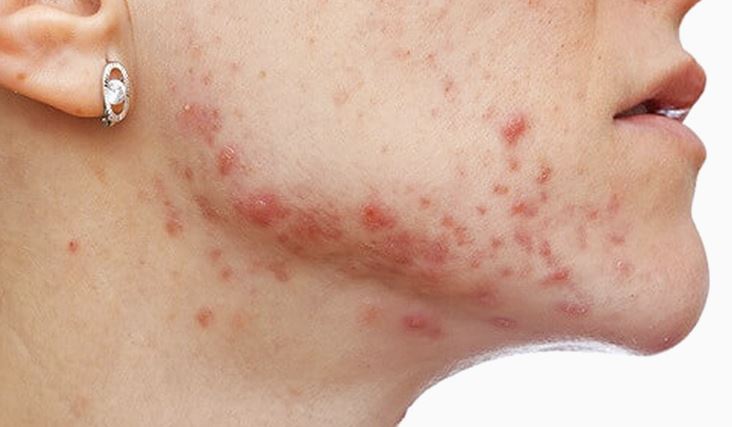Are you looking for a simple, inexpensive way to learn how to treat fungal acne? Read on as I show you what to avoid and the best way to cure your fungal acne.
Fungal infection is generally caused by a build up of malasezia in your pores, but this type of yeast is also present on the skin and in other bodies. The key here is to build up: Malasezia buildup happens when malasezia becomes unchecked, leading to an imbalance between internal or external elements, or both. This build-up can be as simple as skin irritation or as extensive as severe infection. If the build up of malasezia is not addressed, it becomes very difficult to get rid of the acne. In order to understand how to treat fungal acne effectively, you must learn how to diagnose what type of build-up exists and what you can do about it.
While most cases of simple fungal infections are easily treated with over the counter medications, more complicated cases require the services of a dermatologist. The best way to learn how to treat fungal acne effectively is to go to your doctor and get a recommendation for your medication, treatment plan, and follow-up care.
The symptoms of fungal infections are generally the same in most cases, although the severity of the infection will change from person to person. Acne that is not treated properly will spread to other parts of your body. As well, this infection can lead to other problems like infection of the lungs, skin, liver, kidneys or other parts of the body. Once you know that you have a fungal infection, you should seek medical attention immediately.

The first thing to know when learning how to treat fungal acne, is that you don’t need prescription medication. However, if you have been suffering with fungal skin infections for several months and have not seen any improvement, you should definitely talk to your doctor about the possibility of taking prescription medication. This is not an option for everyone, however, especially if you have had problems with other health issues in the past. If you do decide to take prescription medicine, you should read the ingredients list carefully and ask your doctor whether or not the product contains certain ingredients that could affect your condition or make the infection worse.
The number one thing to know when learning how to treat fungal acne, is to avoid taking oral medications and topical solutions that contain benzoyl peroxide. These products are effective for treating mild fungal infections, but they can cause skin irritation and redness if used excessively. For severe fungal infections, topical solutions containing tea tree oil and eucalyptus are often recommended.

When you are learning how to treat fungal acne, you may have to avoid foods and beverages that trigger the infection, but don’t feel bad about this at all. Many of these foods and drinks are actually important in keeping your body healthy and balanced. Some examples include garlic, yogurt, tea, nuts, apples, chocolate, berries, cranberries, kiwi, figs, chamomile, tea, and even garlic oil. Don’t be afraid to eat foods that are high in vitamin E, as these are essential for keeping your skin healthy. Avoiding such food and drinks can help to prevent infections, which will help clear your skin up.
As you can see, learning how to treat fungal acne does not have to be difficult. Although the methods may be different, the ultimate goal of the solution is to eliminate your symptoms as much as possible so that your skin remains healthy and free from fungal infection.

